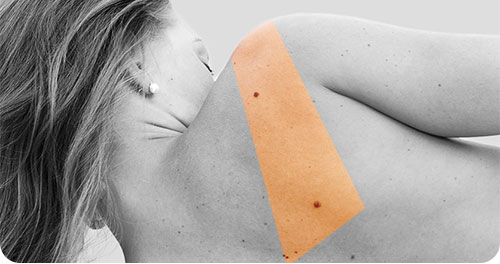Temporomandibular joint dysfunctions have not received sufficient attention up to the present, ignored by both patients and doctors. However, 10-15% of the society suffer from temporomandibular joint dysfunctions. Whereas treatment is planned to protect the joint in the early stages, surgery may be unavoidable in advanced temporomandibular joint dysfunctions. Temporomandibular joint dysfunctions occur in both women and men, with particularly higher prevalence in women and in young ages. The treatment involves resting, medication and night splint at the early stages, flushing inside the joint and injections of hyaluronic acid at the later stages, and surgery at the last stage.
Ankylosis of the temporomandibular joint is another major temporomandibular joint dysfunction. It involves ossification of the joint and inability to open the joint after fractures of the temporomandibular joint. In Turkey, I am the first doctor to use temporomandibular joint prosthesis for the ankylosis of the temporomandibular joint, and I have used it many times in advanced stages of the dysfunction and in suitable patients. Unfortunately, using a joint prosthesis is unavoidable after a certain stage. Therefore, it is highly critical to select the right patient for this irreversible procedure.









